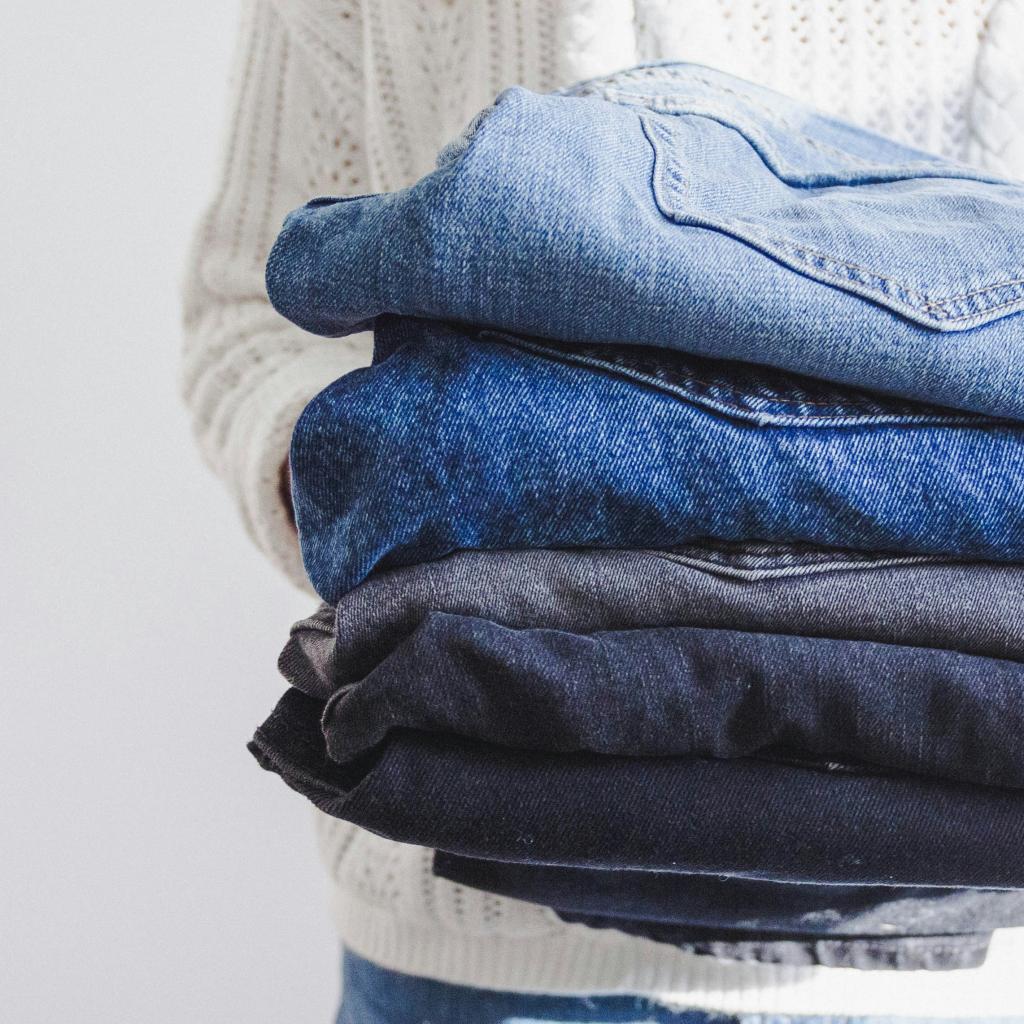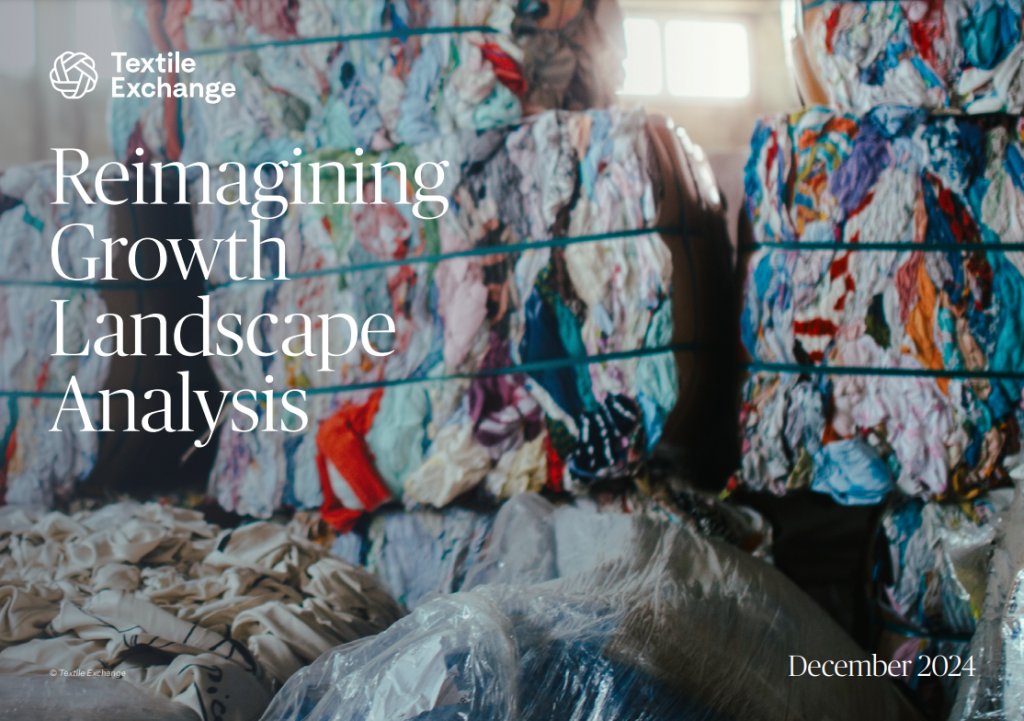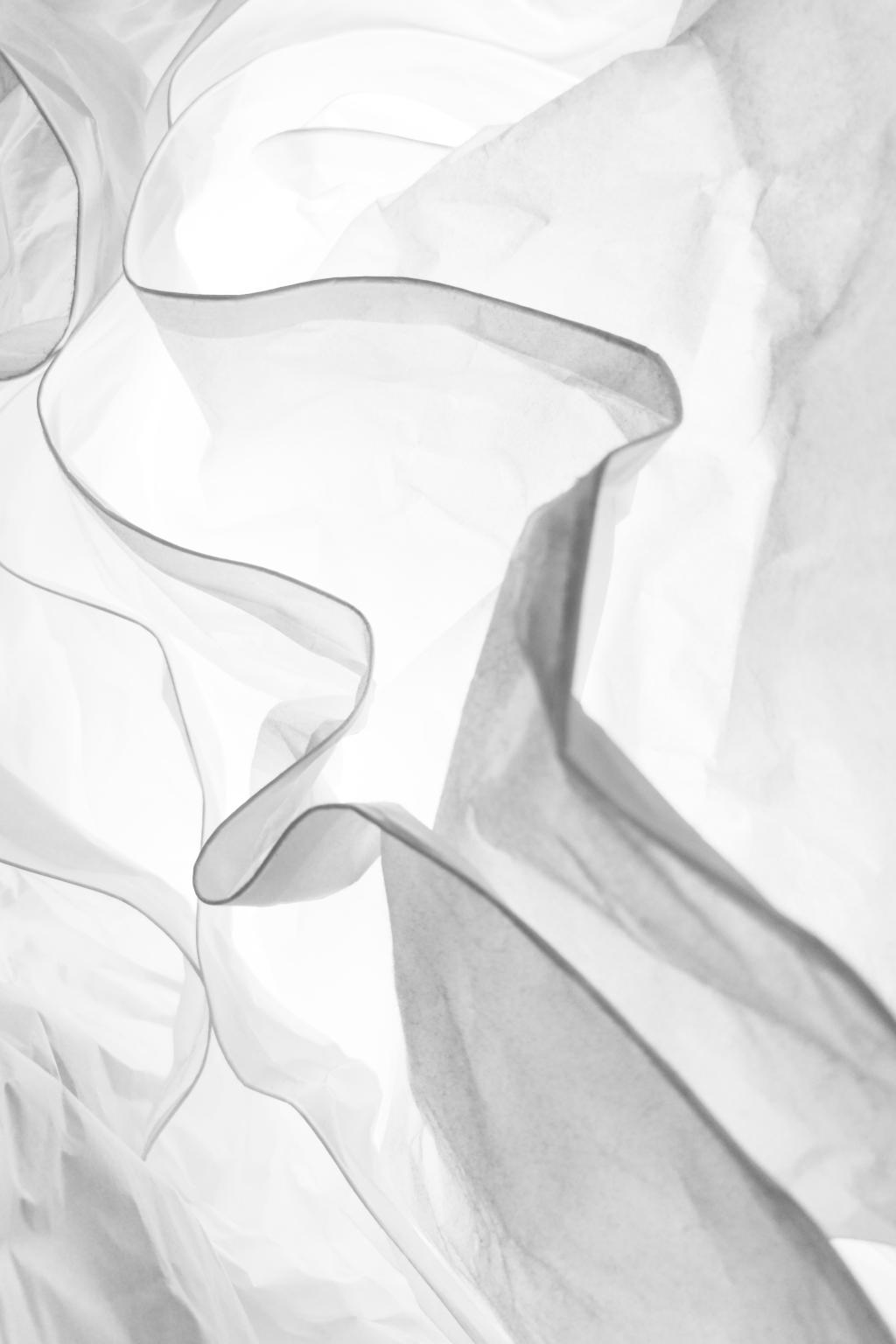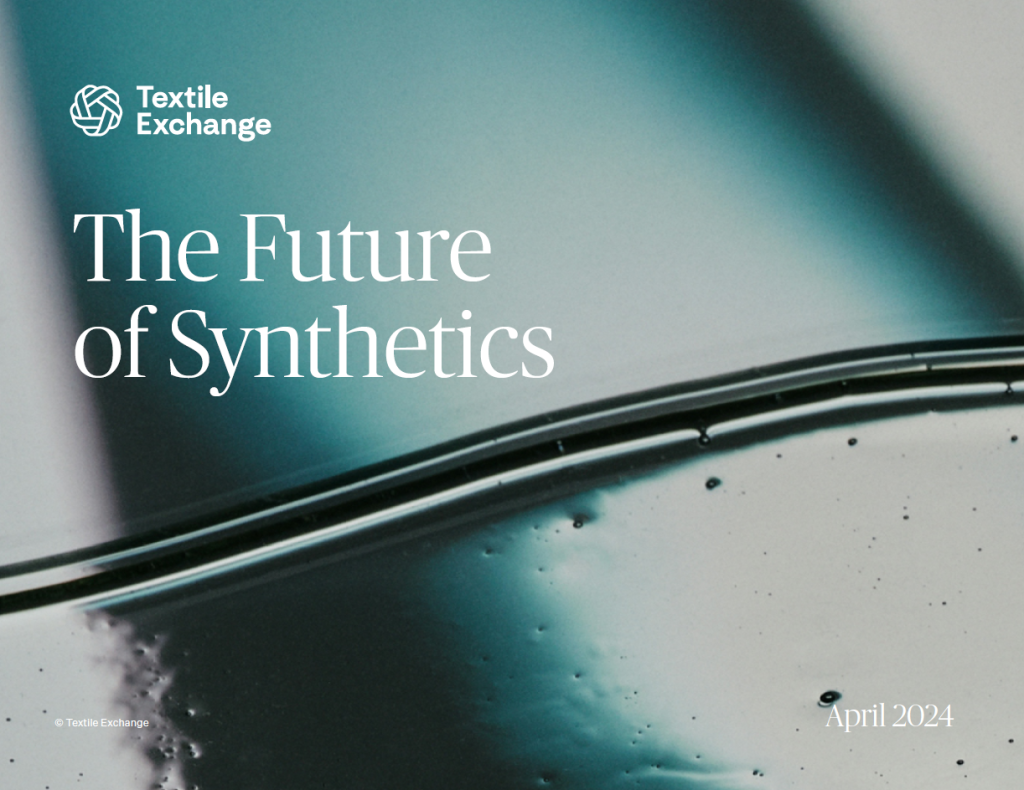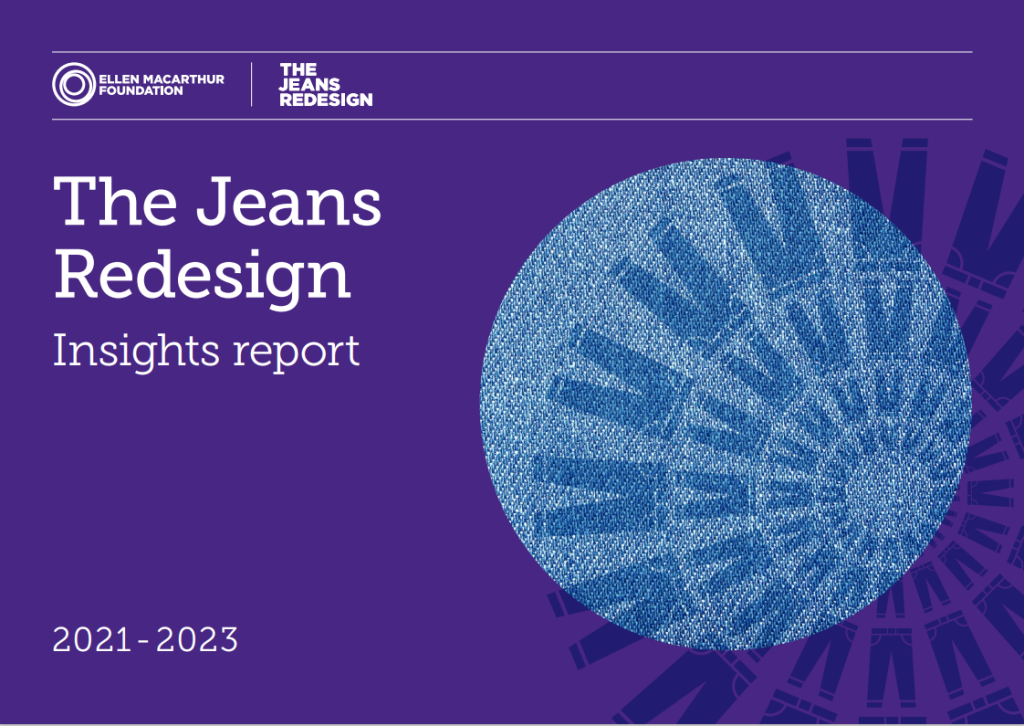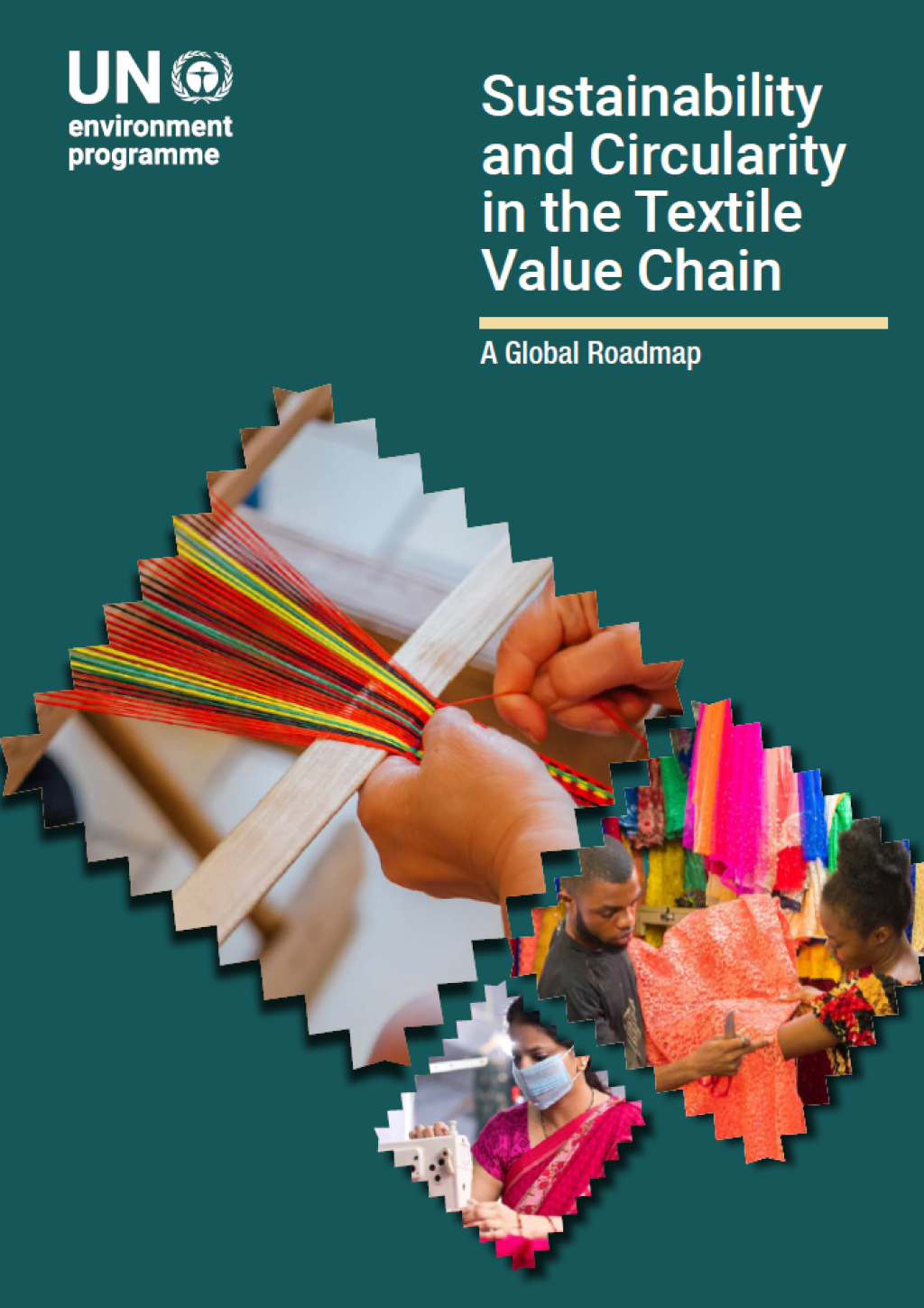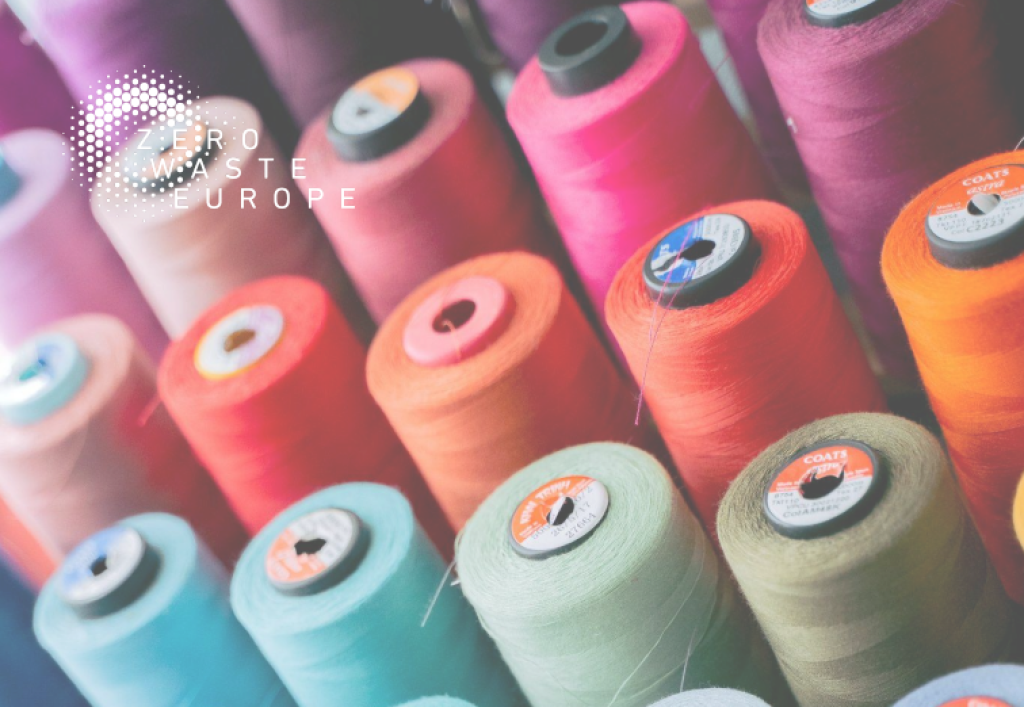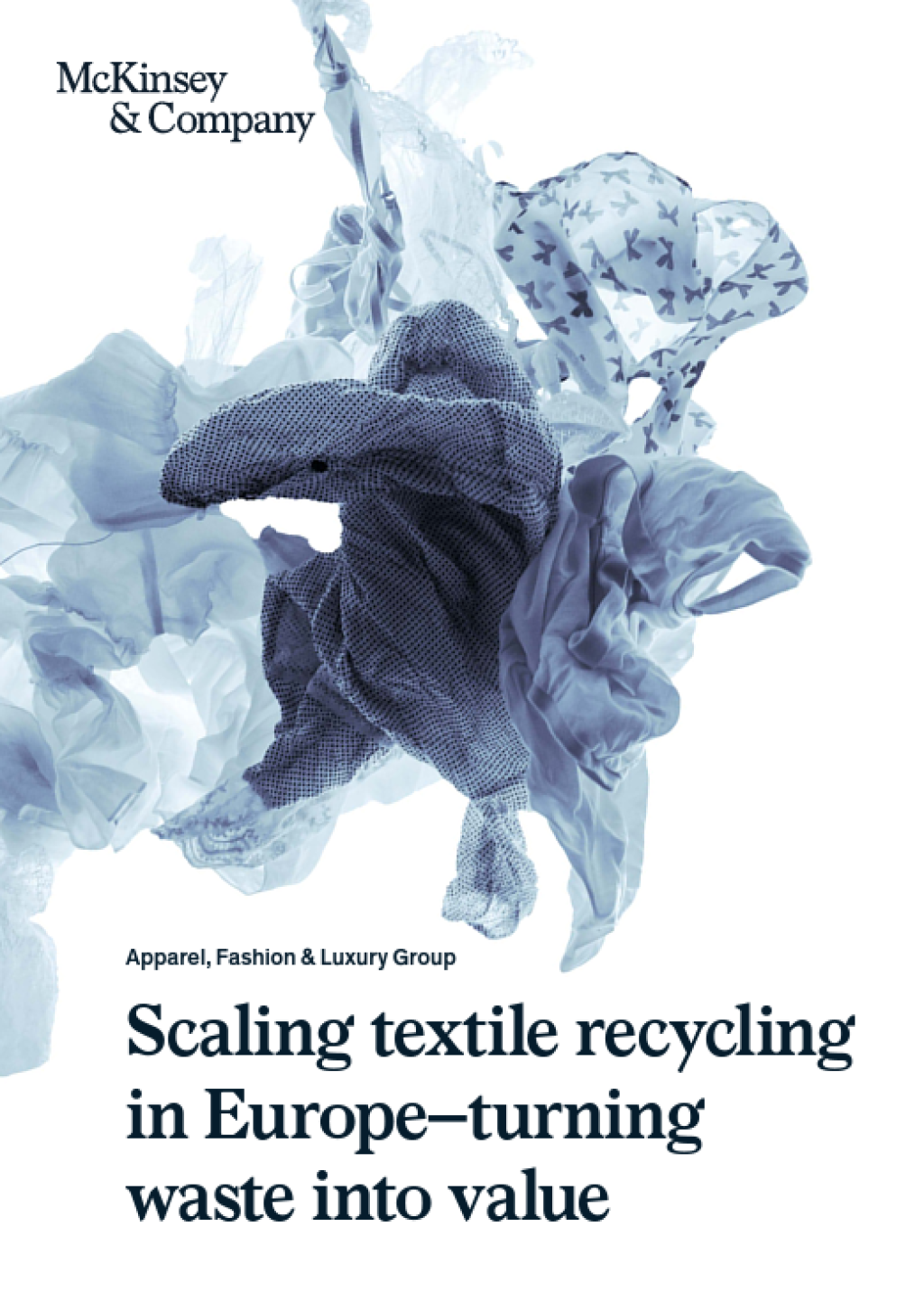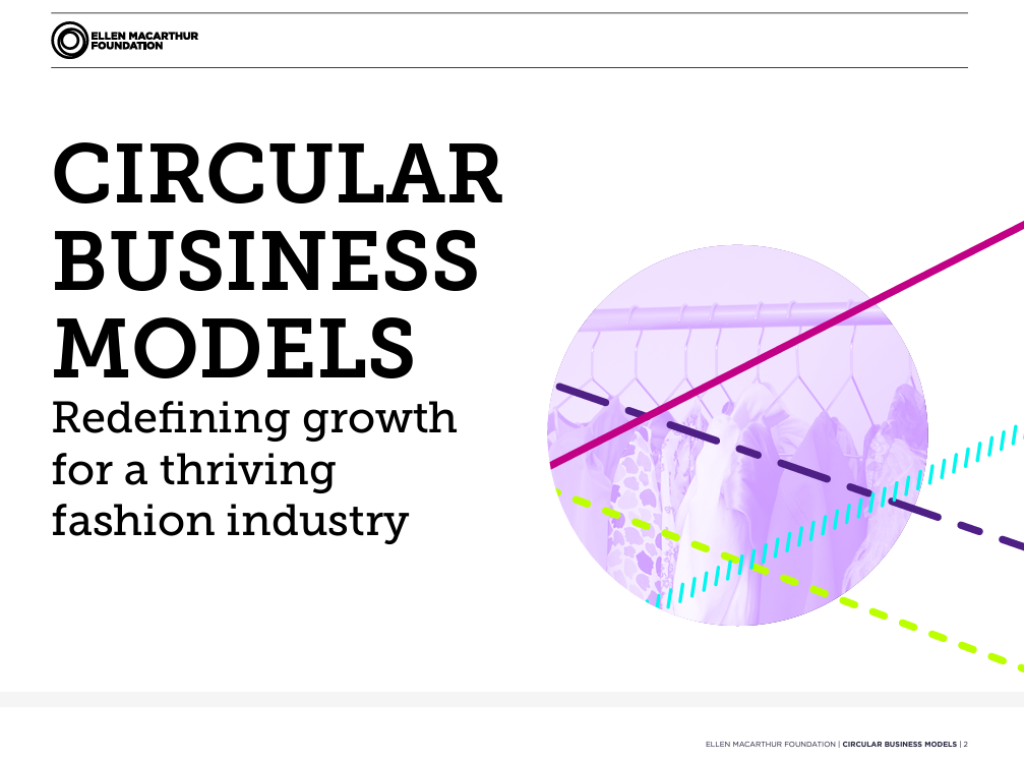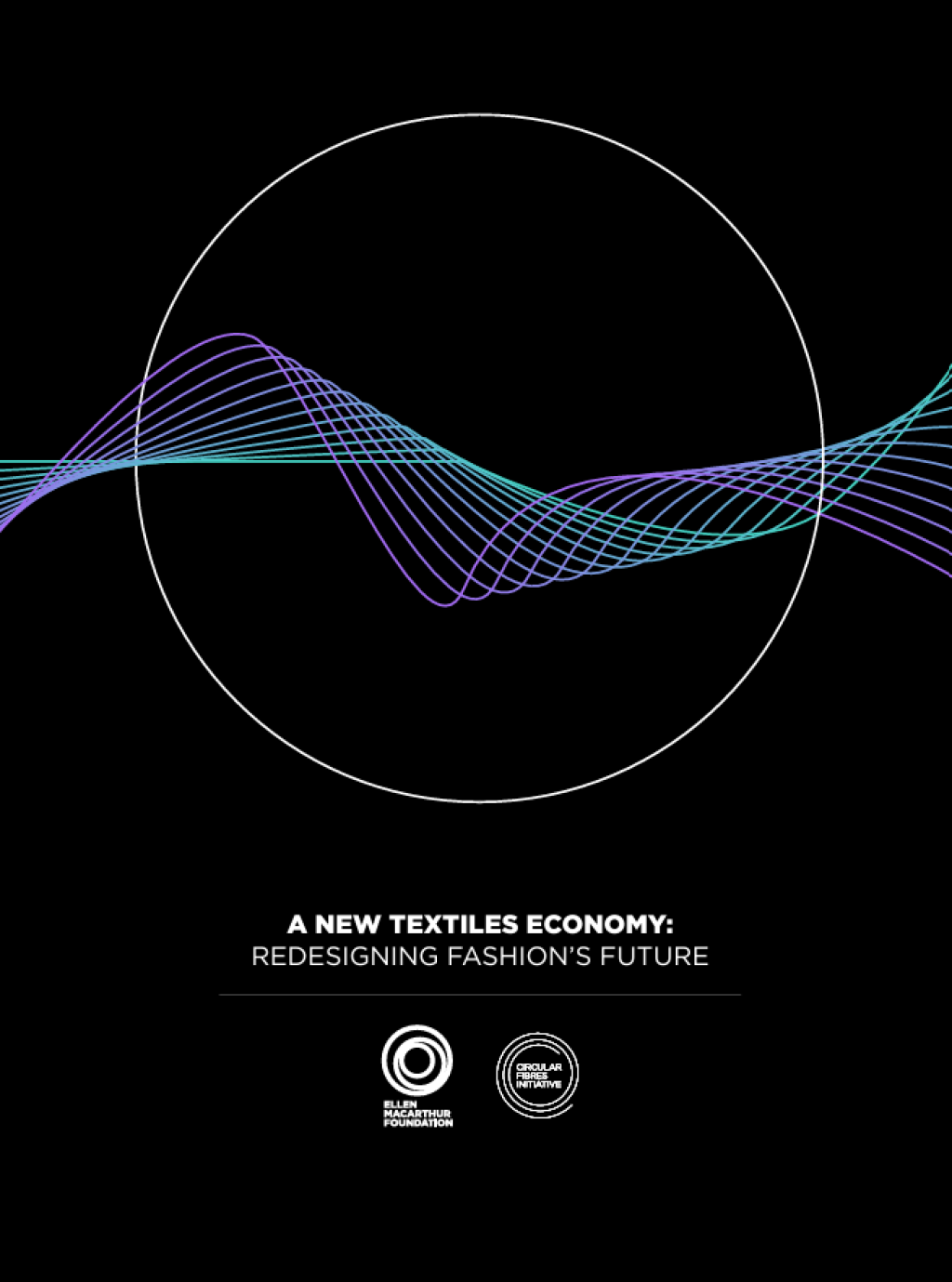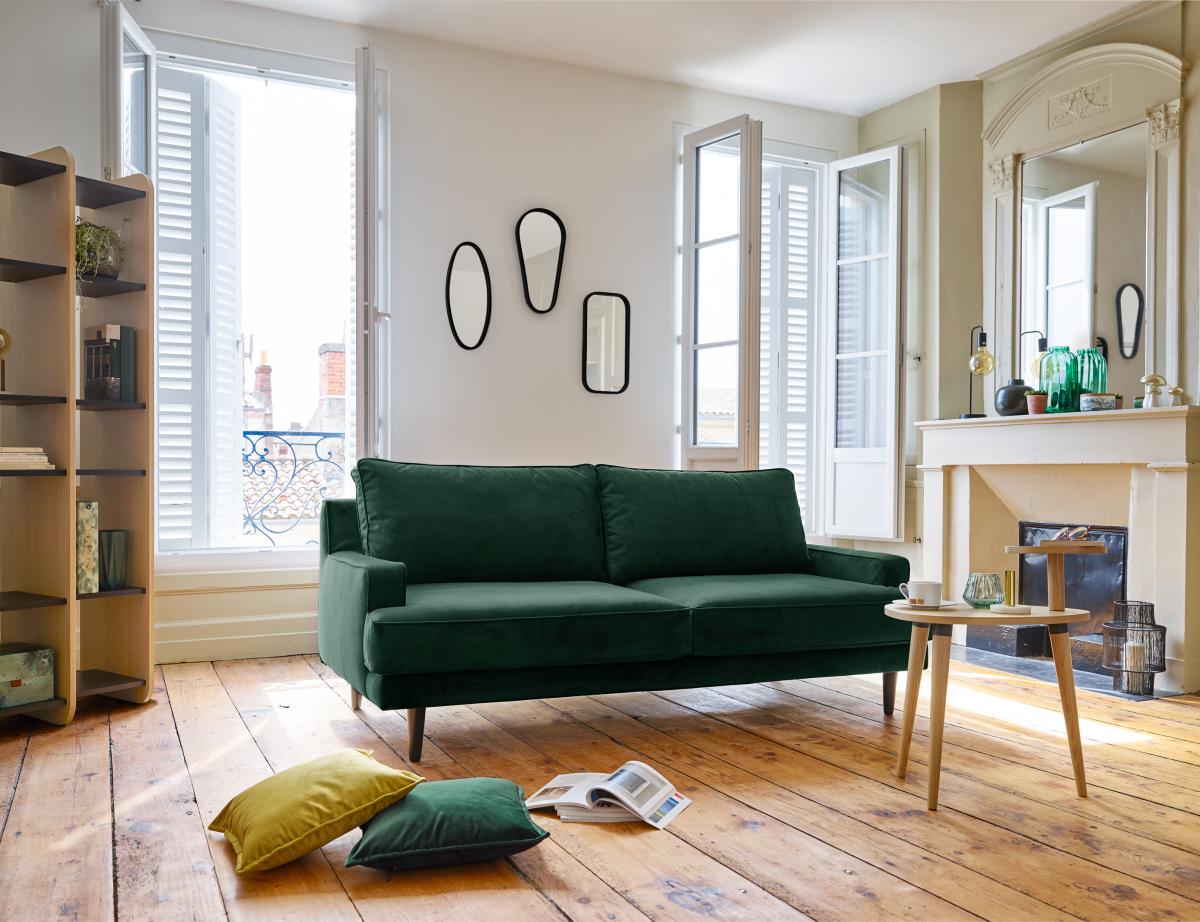
Can you briefly describe your approach?
Established in 1947, the Camif was relaunched in 2009 with the aim of providing a comprehensive offering, covering all household item segments (furniture, bedding, household linen, etc.) whilst being transparent about the origin of our products, their main components and the commitment to sustainable development made by our manufacturers.
In 2017, we became an Mission-based company: our goal is to offer products and services benefiting Man and the planet. We want the circular economy to gradually become standard in our offering. Within this context the brand name Camif Edition was created, the aim of which is to make our production process circular, more local and more sustainable, by working with socially and environmentally responsible manufactures and circular economy experts. We want to be involved in the creation process, which, for us, corresponds to a change of business, by moving from a status of retailer to one of producer.
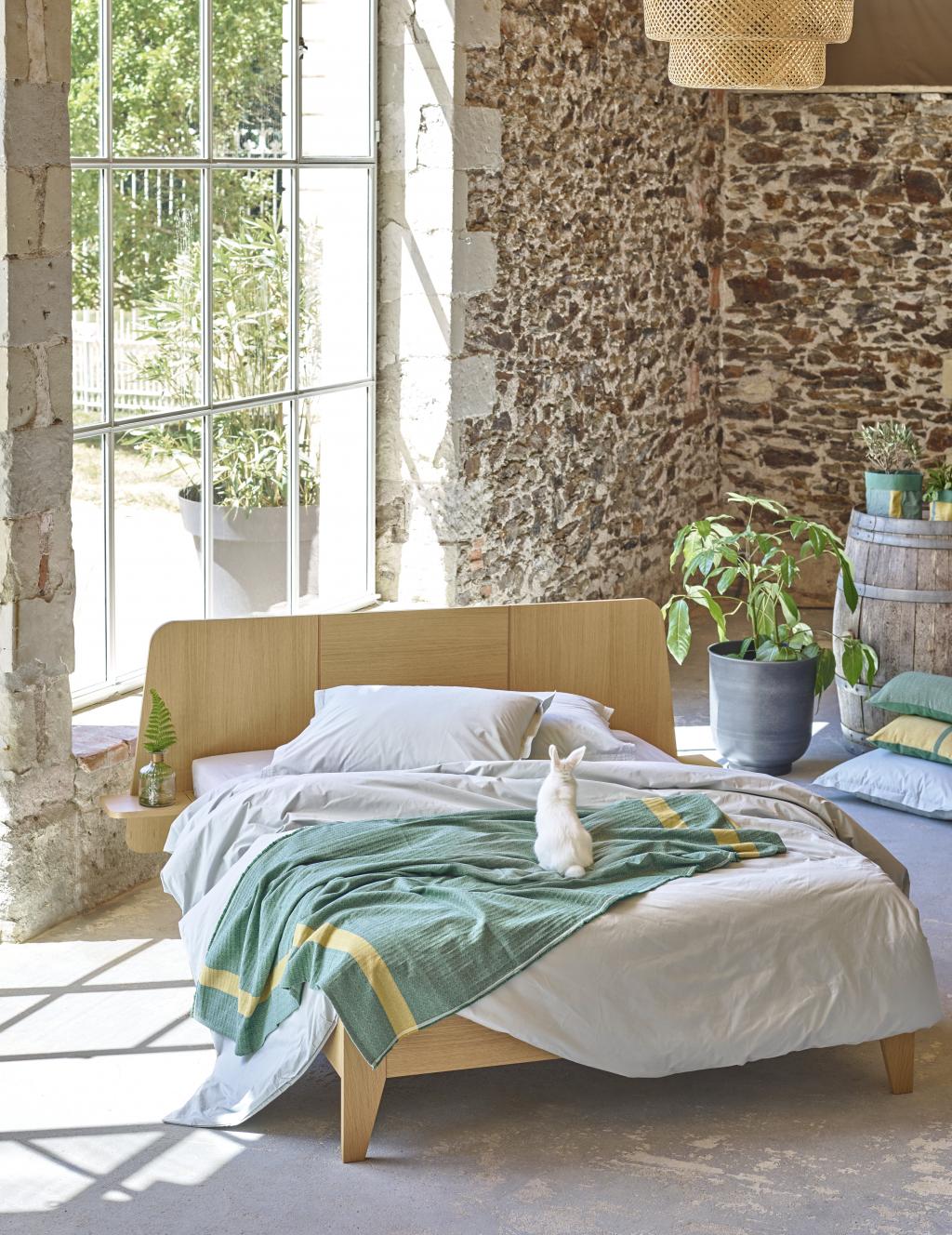
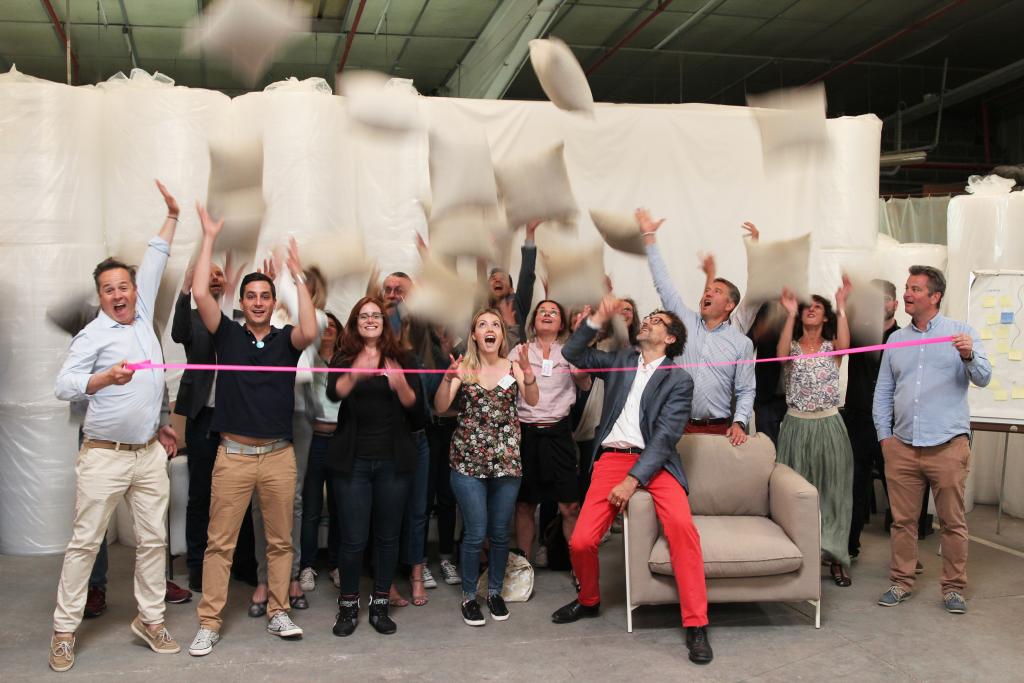
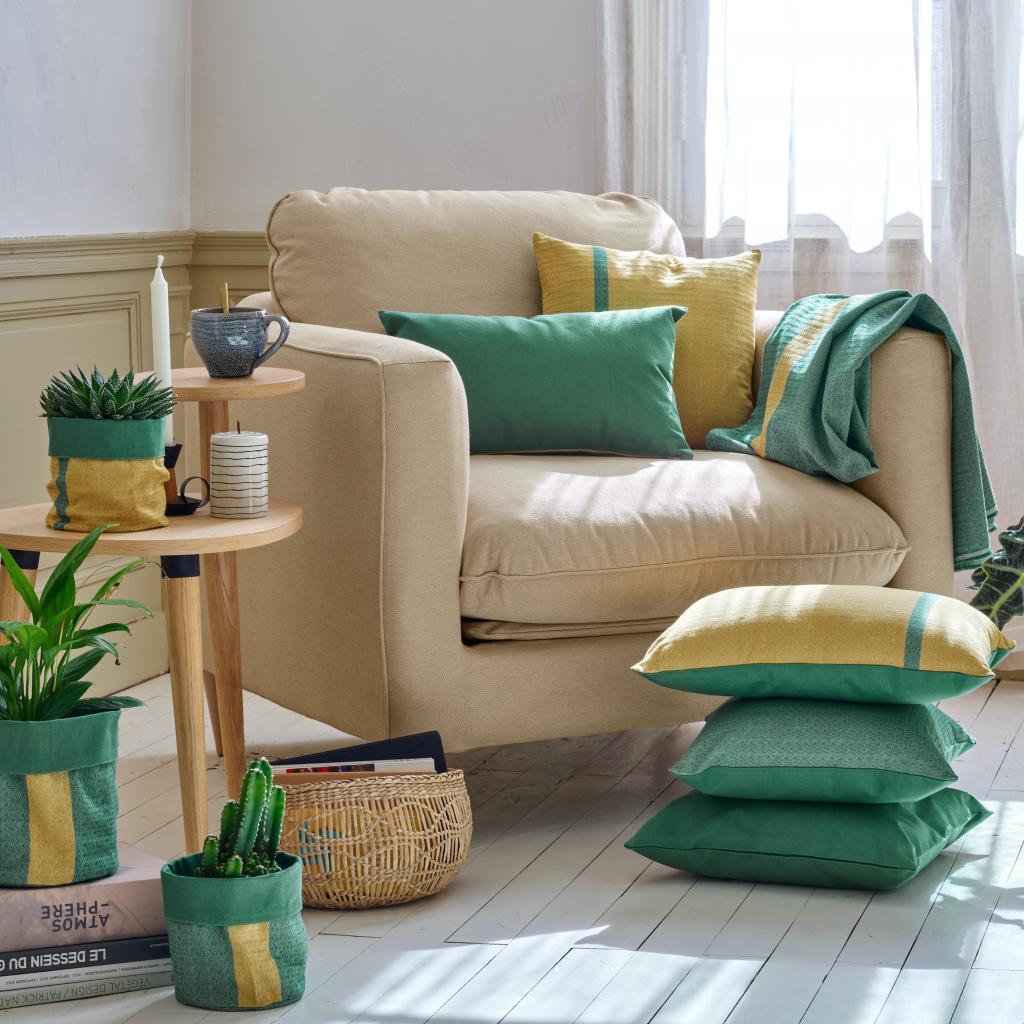
What working method did you use? What were the different stages?
First, we established specifications. These were based on our in-house sustainable development references and criteria on the local and sustainable nature of a product, its positive social impact, the protection of our employees’ health and that of consumers, etc.
We then issued a call for expression of interest addressed to manufacturers and designers to engage in collective intelligence, which served as a driver for changing our model.
To complete this work we officially launched the Camif Edition hackathon in 2018: the Camifathon. For three days, circular economy experts (Refashion), designers and manufactures gathered together to work on various projects, validated by consumers who were present and a jury, comprised of internal and external stakeholders. The CAMIF provided assistance and help with marketing to the validated projects.
We selected thirteen project teams who had six months in which to create their prototypes. We then went on a Made in France Roadshow, organising meetings between clients and manufacturers in order to validate these prototypes in the factory. To be able to meet the requirements of our specifications, the Camifathon saw companies partnering. So, for the manufacture of a mattress entirely designed using recycled mattresses, a start-up specialised in the circular economy teamed up with a social inclusion organisation for the bed base as well as with a large bedding company.
Lastly, we made some final decisions on the prototype colours and their selling price before starting production! The first Camif Edition series came out in September 2018 with 13 projects covering all sectors (household linen, furniture, bedding etc.). In 2019, the offering in our collection was increased with these 13 initial projects.
We would like each of our Product Managers to become a Camif Edition Project Manager. In 2020 our teams underwent 2 days of training in eco-design with Eco-mobilier.
Did you encounter any obstacles? And if so, which ones?
Some of our Camif Edition products weren’t immediately a commercial success. As we are in a continual improvement process, we made some modifications to the product’s second version. For example, our book case that contains recycled steel was built without using glue or screws. These manufacturing processes made the selling price too high for our market. We had to therefore adjust the price by making compromises (“Design to cost”).
Our projects are long-term ones. Our aim is to increase the Camif Edition collection’s share in our overall Camif offering. We are learning as we go along but always making sure that we address our customers. For it to be sustainable, the project must have a positive economic impact.
What were the levers for success?
Camif Edition is a motivating and unifying project that has seen strong commitment by our stakeholders: teams, suppliers, etc. Even when our products are not a commercial success the first time round, it’s always a great collective experience in which we are proud.
Our products are unique. They produce social, environmental and economic value that is shared by suppliers, designers and producers. The innovative nature of our collections is not necessarily found in other markets: we are able to withstand those who are much bigger than we are.
Are you looking at ways to improve?
In the first instance we’re looking at updating our sustainability references. We are also planning to completely ban standard cotton in our products by the end of 2020. It will be replaced by recycled or biological cotton, even other materials such as linen.
Today, 5% of CAMIF’s turnover is generated by Camif Edition products. By 2023 our goal is for this to be more than 25% of turnover.
Thank you Emery JACQUILLAT, CEO, CAMIF.
Contact : emery.jacquillat@camif-matelsom.com


